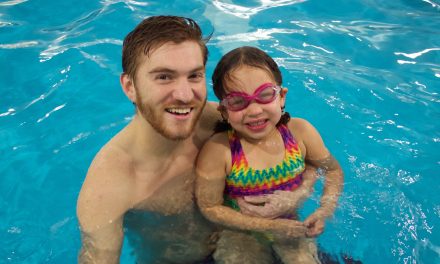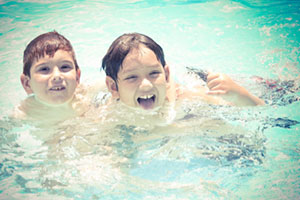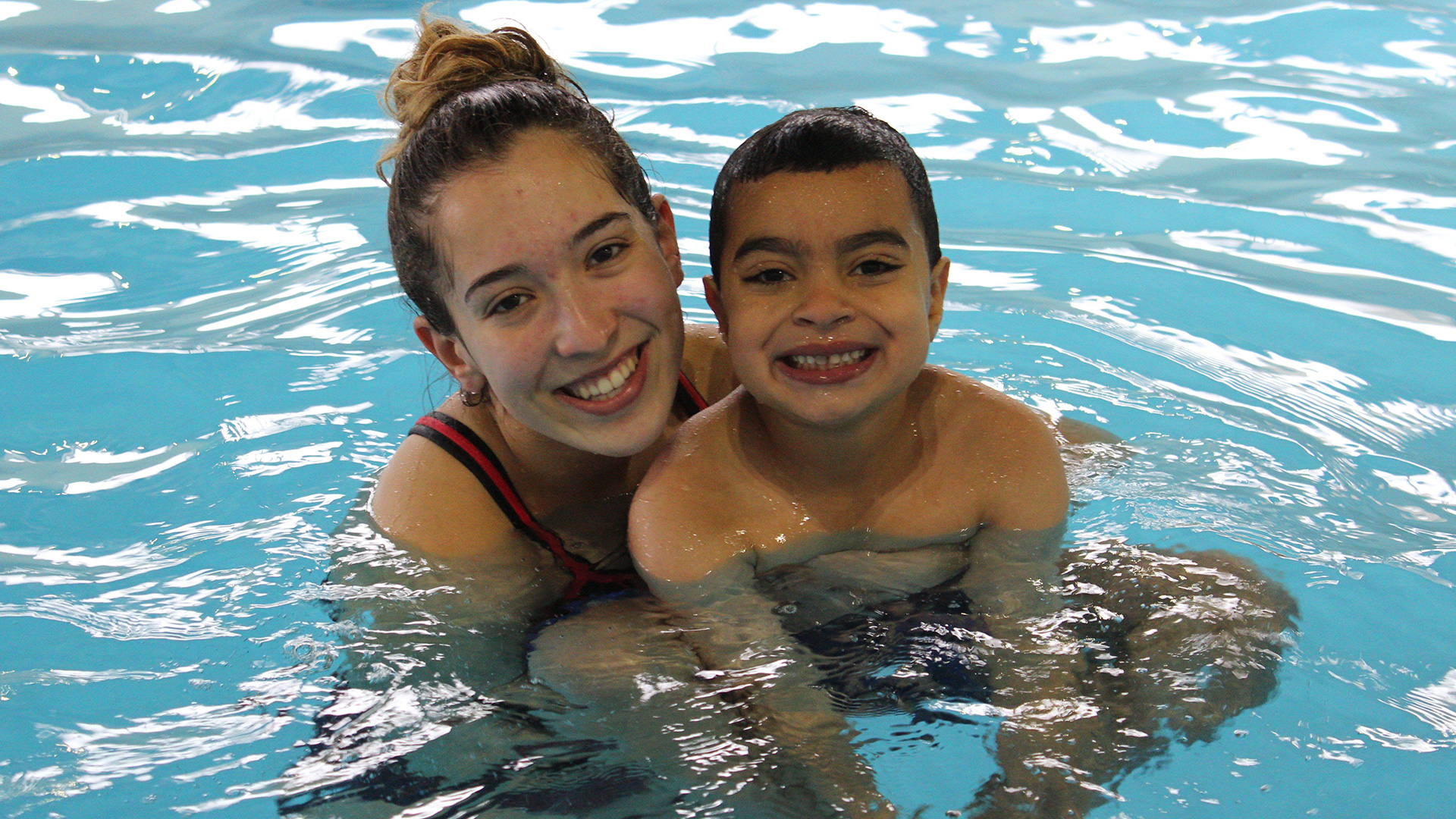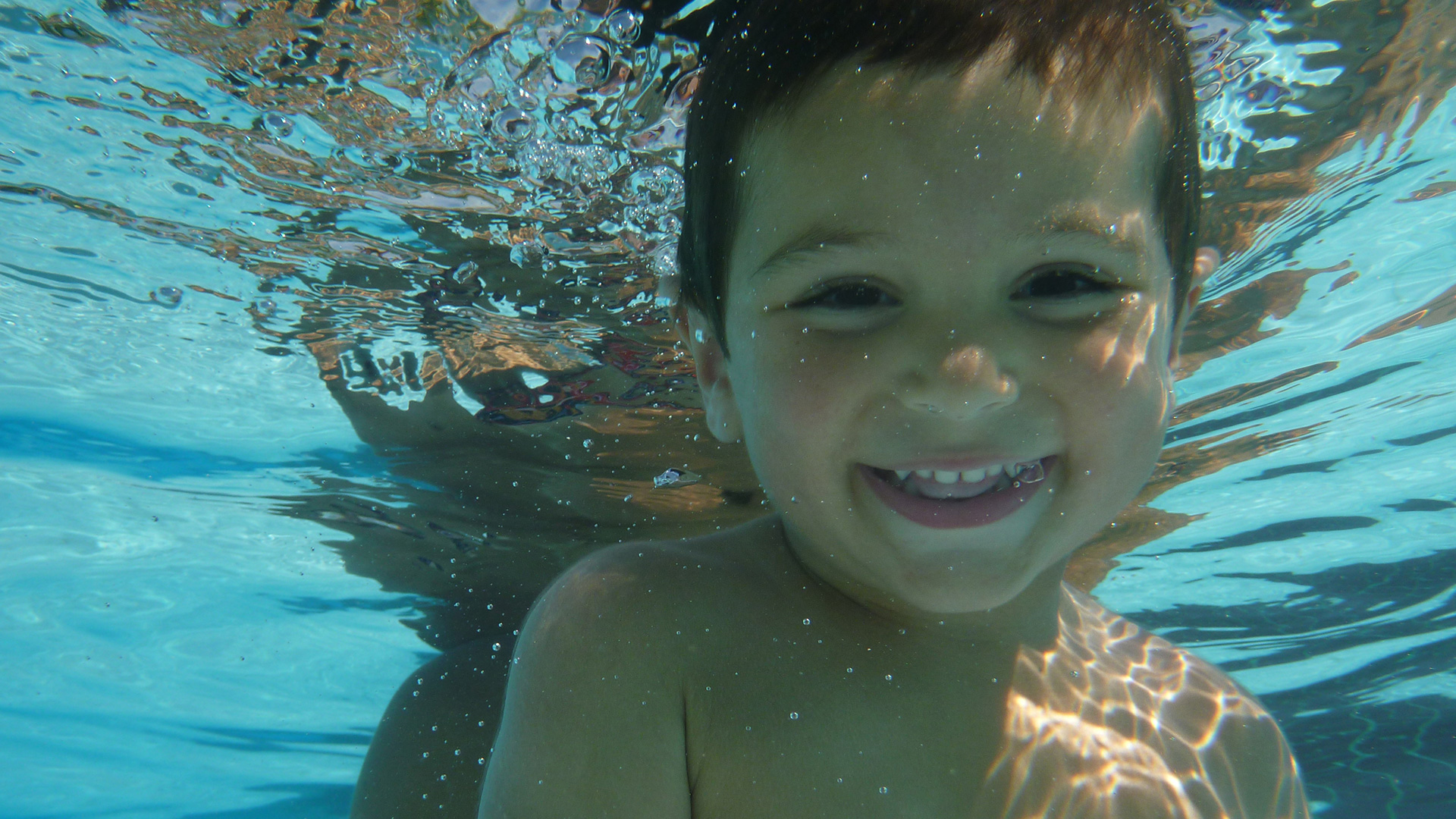Winter is coming.
Traditionally families tend to focus on skating, hockey and (my favorite) tobogganing during winter. Swimming tends to take a backseat in the winter activity conversation, for obvious reasons.
But it shouldn’t.
We’ve already discussed the importance of swimming year round and specifically during the winter season, so we won’t rehash that topic. Instead, today we will discuss how to optimize your winter swimming experience. Let’s start by addressing the main concern: it’s darn cold in winter.
Now fortunately most of our awesome pool partners do us a solid by upping the water temperature a tad during the winter season, but is it enough? It does help, but with the outside world reaching and surpassing the freezing point, some of this coldness inevitably makes its way to our swimming pools, in more ways than you think. We’ll focus on the 2 main ones:
- Air temperature – this is especially applicable for pools with an exterior wall (that is, one or more sides of the pool faces the outdoors). Despite remarkable advances in insulation technology, sharing a wall with the frigid outdoors inevitably leads to some heat loss. Similarly, depending on how far the pool is from the entrance of the building, cold air can also makes it way through the halls and infiltrate the pool area too. Even with warm water, the temperature differential created by cold air can cool the top layer of water (which is where swimmers spend most of the time), and thus actually make the water feel colder than it is.
- Body temperature – even with the best Canada Goose or North Face gear, spending time outdoors can make us feel cold. You know what I mean when I say ‘chilled to the bone’, it can take a while after getting back indoors before we truly feel warm again. Now imagine feeling chilled, peeling off the layers, then jumping into the pool.. factor in some colder-than-usual air and boom, despite the instructors best efforts to keep our kids moving and active, you now have a shivering child who you can’t help but feel bad for.
Solution time. Let’s jump right in (pardon the pun..):
- Get a thermal swim suit <– this is a great Amazon link to some popular brands. These suits make all the difference. The technology (yes there is technology in clothing lol) works by trapping a layer of water between the skin and suit, which then gets warmed by our bodies and acts as an additional insulating layer. I highly recommend for anyone swimming in winter.
- Wear a neoprene bathing cap – helps tremendously to keep the head warm, which has the trickle-down effect of warming the body.
- Eat 2-3hrs before your class to keep your energy up.
- Take a shower before your lesson – this will help your body adjust to the temperature differential
- Get your whole body wet immediately at the start of the lesson. We’ve all seen it: our kids enter the water and stand there, half wet half dry, contemplating life and the lesson before them. This goes back to the temperature differential we discussed earlier: if parts of our bodies are exposed to different temperatures, it can lead to feeling more cold. Get it and just ‘get it over with’!
Here’s another great article about swimming in cold water. Though it focuses more on competitive swimming, the philosophies are the same and it’s a great read. Stay warm, swim hard, and keep being awesome!












